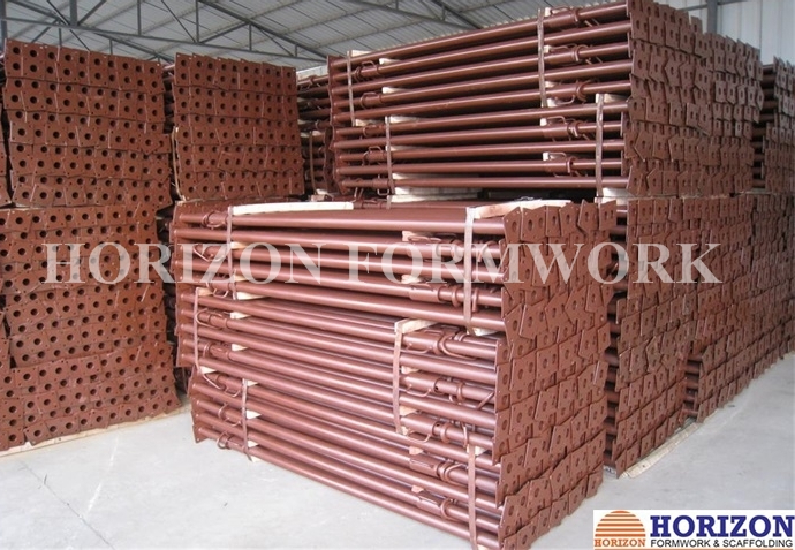Nov . 18, 2024 19:20 Back to list
Understanding Falsework and Formwork Systems in China Construction Industry
Understanding Falsework and Formwork in China’s Construction Industry
In China, the rapid pace of urbanization and infrastructural development has positioned the country as a global leader in construction. Given the sheer scale and complexity of many construction projects, the use of falsework and formwork has become critical. These systems support the mass concrete structures that are emblematic of modern Chinese architecture, ranging from towering skyscrapers to expansive bridges. This article delves into the significance, types, and advancements in falsework and formwork within China's construction sector.
Definition and Importance
Falsework refers to the temporary structures that support the formwork, which is the mold used to shape the concrete during construction. Together, they ensure that the concrete can set correctly and gain strength before any loads are applied. Their importance cannot be understated; without proper falsework and formwork, the integrity and safety of concrete structures can be compromised. With the ongoing surge in construction projects—both residential and commercial—China has placed a heavy emphasis on efficient use of these systems to meet deadlines and ensure safety.
Types of Formwork
Formwork can be classified into several categories, each tailored for specific construction needs
1. Timber Formwork Traditionally, timber was the primary resource for formwork. While still in use, it has been largely supplemented or replaced by more modern materials. Timber is readily available and easy to work with, but its limitations include durability and susceptibility to warping.
2. Steel Formwork Steel formwork is known for its robustness and reusability. This type of formwork is particularly effective for large projects, as it can withstand the pressures of heavy concrete. Its precision makes it ideal for projects requiring exact measurements and smooth finishes.
3. Aluminum Formwork This method has gained popularity due to its lightweight nature and ease of handling. Aluminum formwork is not only durable but also allows for faster assembly and disassembly, which significantly speeds up the construction process.
china falsework and formwork

4. Plastic Formwork More recently, plastic formwork systems have emerged as eco-friendly alternatives. These systems are highly customizable and are often used in smaller residential projects. They are lightweight, easy to clean, and resistant to corrosion.
5. Climbing Formwork Ideal for high-rise buildings, climbing formwork moves upward as construction progresses, allowing workers to create entire floors with minimal disruption. This method efficiently supports the vertical growth of structures.
Advances in Technology
China's construction industry is continuously evolving, embracing technological advancements to improve the efficacy and sustainability of falsework and formwork systems. Innovations such as Modular System Formwork have emerged, providing a versatile and efficient solution for various project sizes. These systems enable fast assembly and adaptability, reducing waste and labor costs.
Additionally, the use of Building Information Modeling (BIM) has revolutionized the design and implementation of formwork. BIM allows for precise planning and visualization of the construction process, enabling engineers to create detailed models of falsework and formwork systems. This integration minimizes errors, optimizes material usage, and enhances collaboration among stakeholders.
Challenges and Solutions
Despite the many advantages of advanced falsework and formwork systems, challenges remain. The rapid pace of construction can sometimes lead to safety oversights. Ensuring rigorous safety standards and training for workers is paramount. Moreover, the environmental impact of traditional materials raises concerns. As China continues to prioritize sustainable development, the construction sector is increasingly investing in eco-friendly alternatives.
Conclusion
As China advances further into the 21st century, the importance of efficient, safe, and sustainable falsework and formwork cannot be overstated. These systems are essential not just for supporting structures but also for embodying the progress and innovation that define modern Chinese construction. Continued investment in technology and training will ensure that these vital components of construction keep pace with the country's ambitious infrastructure goals, ultimately leading to a more resilient and sustainable built environment.
-
High-Quality U Head Jack Scaffolding – Reliable Scaffolding Jack Head Manufacturer & Factory
NewsJul.08,2025
-
High-Quality I Beam H20 Leading Timber Beam H20 Material Factory, Exporters & Manufacturers
NewsJul.08,2025
-
High-Quality Powder Coating Steel Formwork - Durable & Corrosion Resistant Solutions
NewsJul.07,2025
-
Inclined Column Formwork Supplier – Durable & Precise Solutions for Unique Structures
NewsJul.07,2025
-
High-Quality Water Stop Solutions Trusted Water Stop Company & Suppliers
NewsJul.07,2025
-
High-Quality Formwork Material Supplier Reliable Manufacturer & Factory Solutions
NewsJul.06,2025